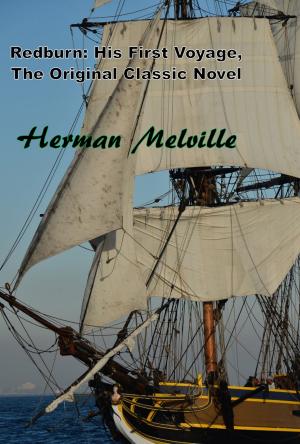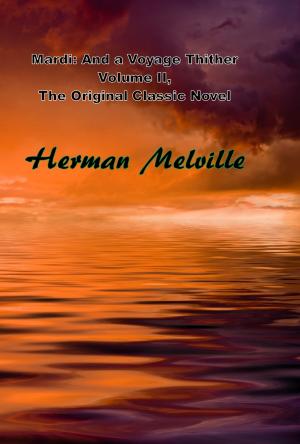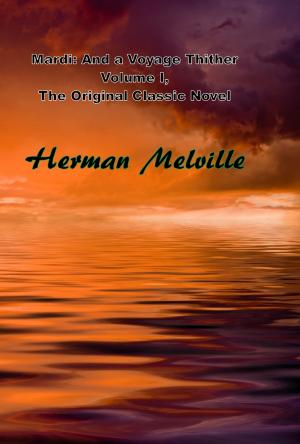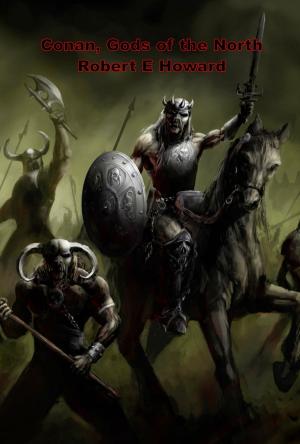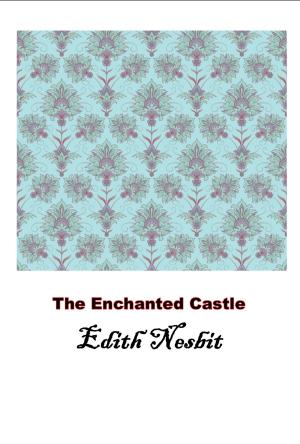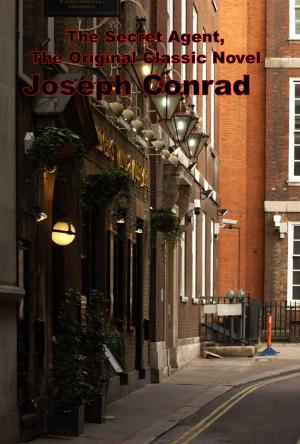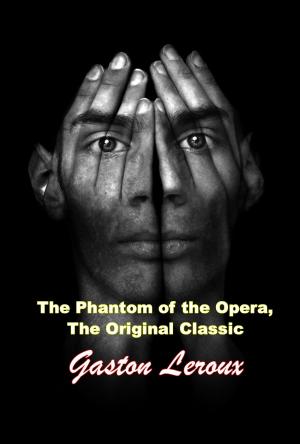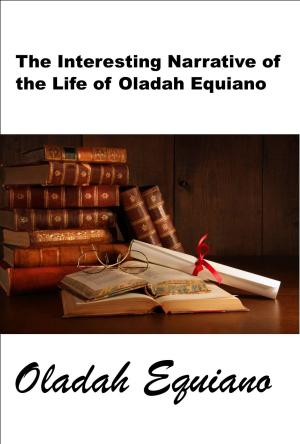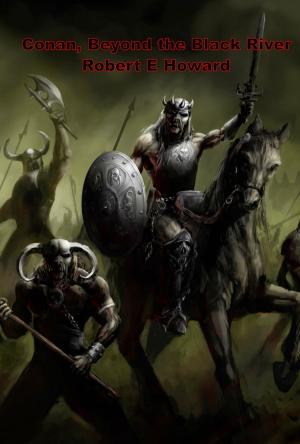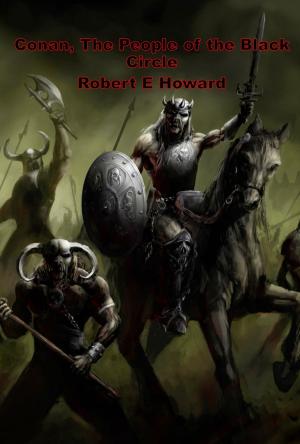| Author: | Robert W Chambers | ISBN: | 1230000349017 |
| Publisher: | Starling and Black | Publication: | April 9, 2015 |
| Imprint: | Starling and Black | Language: | English |
| Author: | Robert W Chambers |
| ISBN: | 1230000349017 |
| Publisher: | Starling and Black |
| Publication: | April 9, 2015 |
| Imprint: | Starling and Black |
| Language: | English |
Although I knew nothing of chemistry, I listened fascinated. He picked up an Easter lily which Geneviève had brought that morning from Notre Dame, and dropped it into the basin. Instantly the liquid lost its crystalline clearness. For a second the lily was enveloped in a milk-white foam, which disappeared, leaving the fluid opalescent. Changing tints of orange and crimson played over the surface, and then what seemed to be a ray of pure sunlight struck through from the bottom where the lily was resting. At the same instant he plunged his hand into the basin and drew out the flower. "There is no danger," he explained, "if you choose the right moment. That golden ray is the signal."
He held the lily toward me, and I took it in my hand. It had turned to stone, to the purest marble.
"You see," he said, "it is without a flaw. What sculptor could reproduce it?"
The marble was white as snow, but in its depths the veins of the lily were tinged with palest azure, and a faint flush lingered deep in its heart.
"Don't ask me the reason of that," he smiled, noticing my wonder. "I have no idea why the veins and heart are tinted, but they always are. Yesterday I tried one of Geneviève's gold-fish,—there it is."
The fish looked as if sculptured in marble. But if you held it to the light the stone was beautifully veined with a faint blue, and from somewhere within came a rosy light like the tint which slumbers in an opal. I looked into the basin. Once more it seemed filled with clearest crystal.
"If I should touch it now?" I demanded.
"I don't know," he replied, "but you had better not try."
"There is one thing I'm curious about," I said, "and that is where the ray of sunlight came from."
Although I knew nothing of chemistry, I listened fascinated. He picked up an Easter lily which Geneviève had brought that morning from Notre Dame, and dropped it into the basin. Instantly the liquid lost its crystalline clearness. For a second the lily was enveloped in a milk-white foam, which disappeared, leaving the fluid opalescent. Changing tints of orange and crimson played over the surface, and then what seemed to be a ray of pure sunlight struck through from the bottom where the lily was resting. At the same instant he plunged his hand into the basin and drew out the flower. "There is no danger," he explained, "if you choose the right moment. That golden ray is the signal."
He held the lily toward me, and I took it in my hand. It had turned to stone, to the purest marble.
"You see," he said, "it is without a flaw. What sculptor could reproduce it?"
The marble was white as snow, but in its depths the veins of the lily were tinged with palest azure, and a faint flush lingered deep in its heart.
"Don't ask me the reason of that," he smiled, noticing my wonder. "I have no idea why the veins and heart are tinted, but they always are. Yesterday I tried one of Geneviève's gold-fish,—there it is."
The fish looked as if sculptured in marble. But if you held it to the light the stone was beautifully veined with a faint blue, and from somewhere within came a rosy light like the tint which slumbers in an opal. I looked into the basin. Once more it seemed filled with clearest crystal.
"If I should touch it now?" I demanded.
"I don't know," he replied, "but you had better not try."
"There is one thing I'm curious about," I said, "and that is where the ray of sunlight came from."


